Sea turtles are my favourite animals in the whole world. Naturally, when I found out that we were close to a prime turtle nesting beach on the Pacific coast, I made sure we checked it out.
After countless hours of research and trying to piece together information, I was able to make a plan that successfully brought us to one of the best beaches in Costa Rica for checking out sea turtle nesting. Overall I found it very disappointing what little information was made available surrounding turtle nesting and in order to share the fun in witnessing this incredible natural event, I have decide to share my knowledge.
There are 5 species of sea turtles that use the Atlantic and Pacific beaches of Costa Rica as a nesting site.
1. Leatherback Sea Turtle (Dermochelys coriacea):
Leatherback Sea Turtles get their name from the flexible leathery carapace they carry around on their back. The largest turtles on earth growing up to 7 feet long and weighing over 2,000 pounds Leatherbacks have evolutionary roots that go back more than 100 million years. Found in the Atlantic, Pacific, Indian and Mediterranean, Leatherbacks roam as far north as Canada and Norway and as far south as New Zealand and South America.
2. Hawksbill Sea Turtle (Eretmochelys imbricata):
Hawksbill Sea Turtles can be recognized by the narrowly tapered face resembling a bird’s beak and sharp claws that adorn the front flippers of this animal. A smaller sea turtle compared to its relatives, the Hawksbill can grow up to 45 inches and weigh 150 pounds. While most turtles prefer grasses, the Hawksbill is omnivorous, its diet consisting of sponges, mollusks, marine algae, crustaceans, sea urchins, fish, and jellyfish.
3. Atlantic Green Sea Turtle (Chelonia mydas):
Easily distinguished by its teardrop shaped greenish shell, small blunt head and single pair of scales under its eyes, the Green Sea Turtle is found in all temperate and tropical regions of the world. Residing near coasts in bays and protected shore where the sea grasses are plentiful, the Green Sea Turtle is the poster child for endangered marine creatures. Growing to have an average shell length of 31 to 44 inches and weighing between 150 to 420 pounds these animals have exceptional vision adapted to life under the sea.
4. Loggerhead Sea Turtle (Caretta caretta):
Named from its exceptionally large head and strong jaws, Loggerheads have a cosmopolitan distribution with little preference to sheltered lagoons, estuaries or the wide open ocean. A highly migratory species, these turtles are known to travel large distances following warm ocean currents like the Gulf Stream or the California Current. The second most common sea turtle species kept in captivity, Loggerheads often have encrusting organisms such as barnacles attached to their carapace.
5. Olive Ridley Sea Turtles (Lepidochelys olivacea):
Also called the Pacific Ridley Sea Turtle, the Olive Ridley Sea Turtle has a medium size heart shaped carapace and rarely tip the scales beyond 110 pounds. Known for their synchronized mass nesting called arribadas, this particular species of sea turtle is a predominantly carnivorous species found in the warm tropical waters of the Pacific and Indian ocean.
When it comes to nesting, sea turtles are creatures of habit. After mating with one or several males either at the ocean’s surface or underwater a few weeks before the nesting season, the female sea turtle returns to her natal beach to lay eggs. The only exception is the Leatherback sea turtle who may not necessarily return to the same beach, but has a tendency to stay in the same region.
No one knows for sure how or why this odd nesting behavior happens, but it is hypothesized that turtles can sense the intensity of earth’s magnetic field and use this to make their way back to their nesting grounds or preferred feeding ground year after year. This magnetic sensitivity is so accurate that most sea turtles are brought back to even within a few hundred yards of where they last nested. A gift and a curse all in one, this maternal instinct is problematic due to accessibility and industrial development of nesting beaches. Once a beach has been compromised by resorts and tourism, the nesting site of an entire population disappears and without a new generation eventually so does that population.
Programmed by nature, mother sea turtles typically arrive to the beach at night during high tide struggling to lug their heavy 100 pound shells up the sandy banks to dig their nests. An intensive process that can last around 30 minutes, the nesting females will first make a body pit by digging with her front and back flippers spreading the sand around, then move on to dig the teardrop shaped egg cavity with her hind flippers. Laying eggs roughly the size of ping pong balls, a sea turtle’s egg clutch is typically between 80 to 120 eggs of which 50% are sterile. Shortly after covering the nest, the females make a beeline back to the sea, leaving the babies on their own to struggle for survival against the forces of nature.
Of all the species of sea turtle that nest in Costa Rica, the most notable species is the Olive Ridley. These animals have adopted a nesting technique to increases their offspring’s chances of survival by way of predator swamping. Called the arribadas, a Spanish term meaning arrival, the idea behind this mass nesting event is that the female turtles deposits more eggs on a beach than a predator can consume, increasing their young’s odds at making it to adulthood. First observed in 1961, the arribadas is a unique phenomenon that is only common to 2 species of sea turtles worldwide; the Olive Ridley and Kemp’s Ridley sea turtles. Typically occurring a few days before the new moon and generally lasting from 3 to 7 days, the arribadas will receive as many as 150,000 turtles laying up to 10 million eggs.
Playa Ostional was the closest sea turtle nesting grounds to where we were staying in Costa Rica. Coincidentally it was also the tail end of rainy season, the perfect time of year for us to witness the arribadas of the Olive Ridley sea turtles. About a week before the new moon I had contacted a lodge in the area inquiring about availability and whether the mass nesting event had commenced. I kept this up all week figuring once the arribadas started we would have more nights to head to Ostional and check out the nesting. The night of the full moon rolled around and there still hadn’t been any mass nesting occurrences so we decided to make the trip regardless.
It took us about 3 hours in our rental car to navigate the wild and untamed back roads of Costa Rica and arrive at Playa Ostional. If I’m being perfectly honest, there were points during our trip where I didn’t think we would actually make it. We have gotten hopelessly lost, crossed mud filled rivers, climbed pothole infested mountains where at times our car felt like it was going to tip over and raced across rickety old bridges. We arrived at the our accommodations for the night soaking wet and mud covered from having just dug out a car full of people from a muddy riverbank. We were cold, tired and hungry, a very dangerous combination. It was pretty easy to find a place to eat supper that night given that there was only one restaurant in town. Las Tortugas Pizzeria Restaurant was a cheap but delicious spot to eat leaving our bellies filled with homemade pizza hot off out of the oven. We hit the hay pretty early that night given that our wake up would be in the wee hours of the morning shortly after high tide.
A 3 AM wake up came way too quickly. Still in a zombie state, we threw a camera in our bag, grabbed our raincoats and headed down to the beach. Because it was the night of the new moon, it was pitch black outside. The only measly street light in the entire town was 400 meters up the dirt road surrounded by jungle. Using the flashlights we had brought, we made our way toward the crashing waves of Ostional beach taking care to shuffle our feet along the leaf covered trail to scare away any slithering creatures. We didn’t want to have another Snakes 101 recurrence in such a remote area.
You could tell it had been raining all evening by the dampness in the air and the overwhelming aromas of nature. As we walked about 15 minutes down the beach to the nesting hot spot, we could see off in the distance lightning flickering and splitting across the sky. It didn’t take long for us to find our first Olive Ridley sea turtle. Surprisingly quiet and hard to find in the darkness of the night, the easiest way to find a nesting female is by walking along the water’s edge and shining your red light along the sand. The drag marks from the heavy females hauling themselves onto shore trailed straight to where she was digging her nest.
As much as I had crossed both my fingers and toes hoping for the mass nesting event, we didn’t get to see the arribadas. In spite of this we still got to see more sea turtles than some people would see in their lifetime. I was very much on cloud nine.
We spend from 3:30 AM to 7AM on the beach bouncing from one turtle to the other watching them nest than heading back into the sea. It was really sad to see a lot of turkey vultures and stray dogs roaming the beach digging up fresh nests, harassing the new mothers and even going as far as to pluck the eggs right out from under the the female’s shell. All in all I think we had close to 25 Olive Ridley sea turtles on the beach that morning, one of which made it all of 2 feet up the beach before turning around and heading back into the surf.
If you are interested in seeing sea turtle laying eggs while in Costa Rica check out this guide for the when and where of nesting events:
Different species of sea turtles call different beaches home. Check out this chart to find out which beaches to visit on the Atlantic or Pacific side of Costa Rica and which turtles you will find there.
| Sea Turtle Species | Beach | |
| East Coast (Caribbean/Atlantic) | Leatherback | Tortuguero, Parismina, Playa Gandoca, Cahuita |
| Atlantic Green | Tortuguero, Parismina, Playa Gandoca, Cahuita | |
| Hawksbill | Tortuguero, Parismina, Playa Gandoca, Cahuita | |
| Loggerhead | Tortuguero, Cahuita | |
| West Coast (Pacific) | Leatherback | Playa Camaronal, Playa Grande, Playa Carbón |
| Hawksbill | Playa Camaronal | |
| Olive Ridley | Playa Camaronal, Playa Ostional, Playa Nancite |
Playa Ostional is a very small village located on Costa Rica’s Nicoya Peninsula. Located just 20 minutes north from Playa Guiones, Ostional is an unnoticeable village for most of the year having only a handful of hotels and even less restaurants. While some people come to this area to surf the big powerful waves along its dark sand beaches, others come for its better known turtles nesting; primarily from July to December. Considered the second most important nesting ground for the Olive Ridley Sea Turtle, Ostional’s 7 kilometer beach strip becomes a highway of activity during the rainy months when ten’s of thousands of sea turtles haul themselves out of the water in order to nest. Over the course of a typical arribadas, 10 million eggs are left on the beach of Playa Ostional, of which most if not all eggs from the first arribadas night are destroyed by the turtles digging and nesting on the subsequent days. Due to its importance for turtle nesting, in 1984 the Ostional Wildlife Reserve was created on 200 meters of the beach, and since then has expanded to almost 5 kilometers.
As much as I would love to tell you that sea turtles nest like clock work, that simply isn’t the case. Dealing with wild animals is unpredictable by nature, with the smallest and seemingly meaningless event having a drastic outcome. If you are traveling in Costa Rica with the hopes of seeing sea turtles nesting, the best way to ensure that you catch this incredible event is to make sure you are in the right place at the right time.
Sea turtles arrival is not an exact science but one thing is; nesting is a nocturnal behavior often synced around the new moon. Generally speaking there are always a few straggler turtles nesting a few days before and after the new moon occurrence so when all else fails head out to the beach at high tide and you may get lucky.
Leatherbacks (Atlantic): Known to nest between February and July, the best time to see Atlantic Leatherback sea turtles is in the months of March and April.
Greens (Atlantic): Known to nest from June to November, Green sea turtles most active nesting times is in July and August.
Hawksbills (Atlantic and Pacific): Known to nest year round with the best sighting time being from March to October.
Leatherbacks (Pacific): Known to nest from October to March, the busiest time for Pacific Leatherback nesting is in November, December and January.
Olive Ridleys (Pacific): Known to nest year round the best time to see Olive Ridley sea turtles is from August to November, in which the arribadas typically occurs 4 to 10 times.
It is very easy to spook a wild animal, especially a nesting mother. Here’s how to avoid disturbing nesting sea turtles:
One of the highlights of our trip, Costa Rica is full of delightful possibilities and in my opinion one of them is watching the magic of sea turtles nesting!

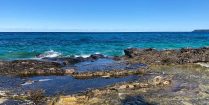
The Great Lakes are among North America’s most extraordinary travel destinations, offering something for every type of traveler.
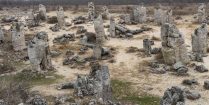
Pobiti Kamani, is a desert landscape filled with naturally occurring rock formations, that look like a forest built completely out of stone.

Greece is one of the most historic and influential civilizations in the world. Discover some of it's best historic sites cites to visit.

Nestled in the midwestern part of Manitoba, Riding Mountain National Park is a great place to experience and view bison.
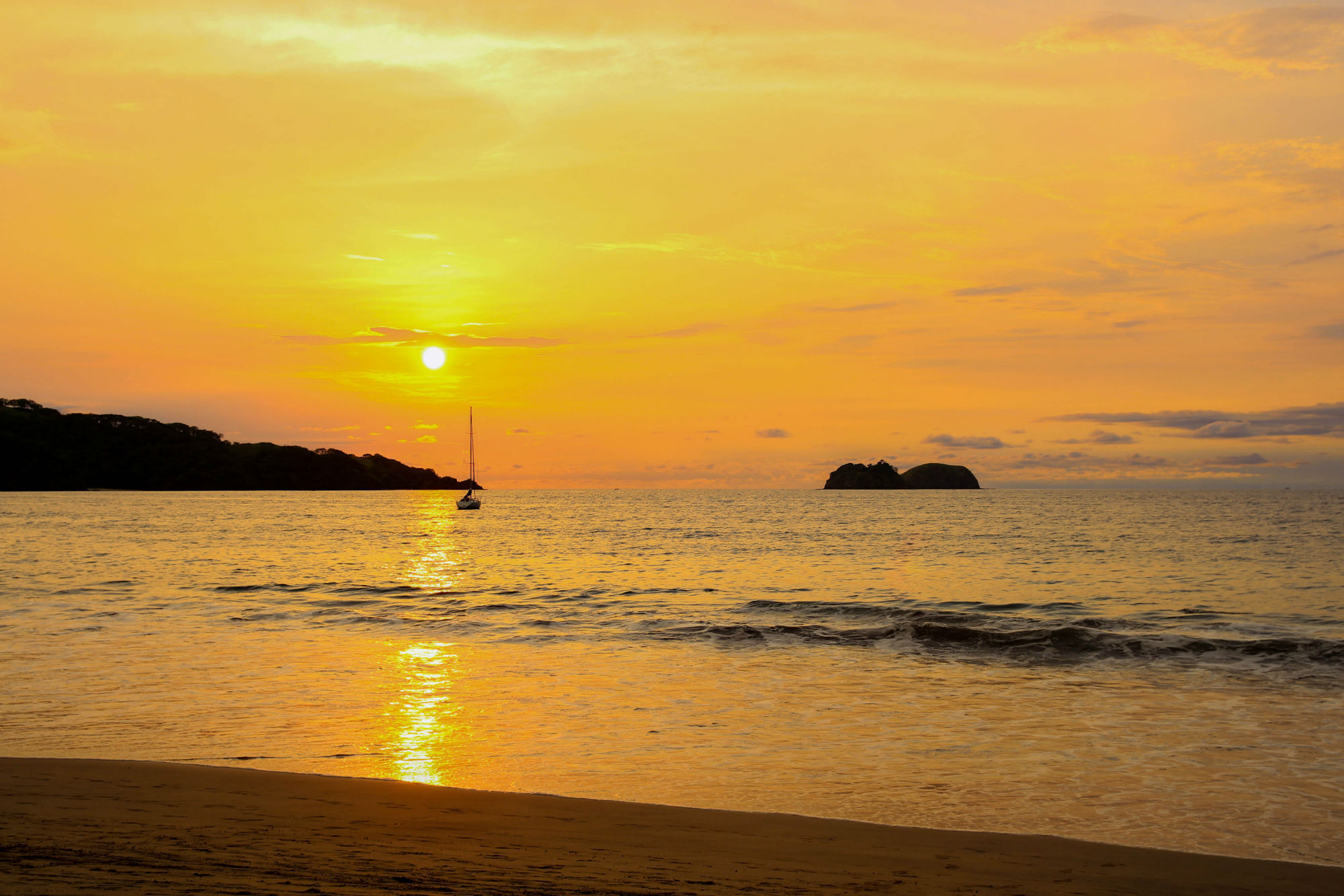
Travel the world for long enough and it becomes evident that golden sunsets look different in every place you go.
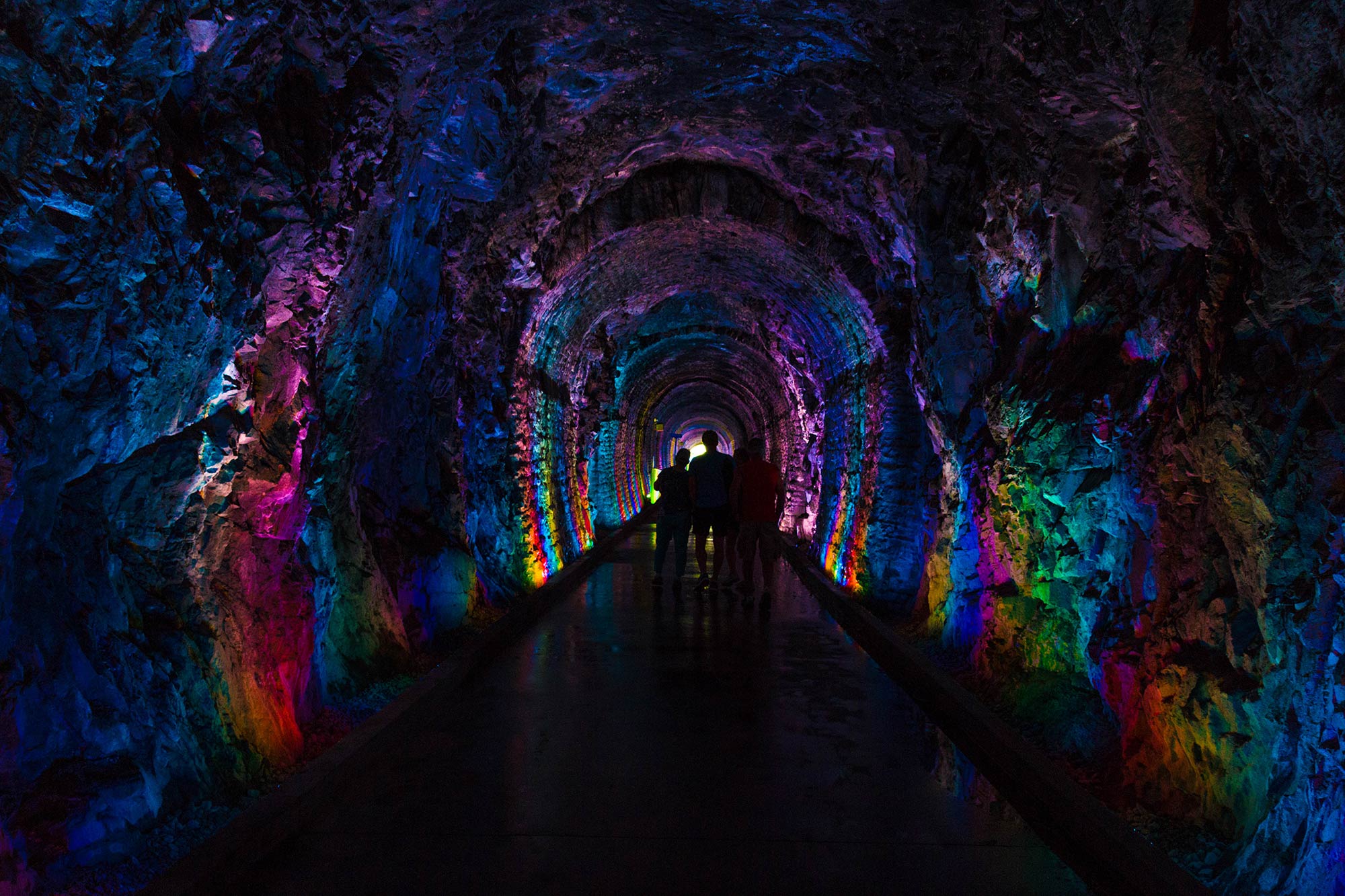
As part of a waterfront deal between Brockville and the Canadian Pacific Railway, the city's train tunnel is a colourful tourist attraction.
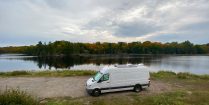
How-to convert and build a sprinter van into the ultimate adventure sport RV complete with a scuba diving equipment locker and tank storage.

Trying out Stream2Sea's reef-safe sunscreen, lip balm and neck buff in the middle of a Canadian winter.
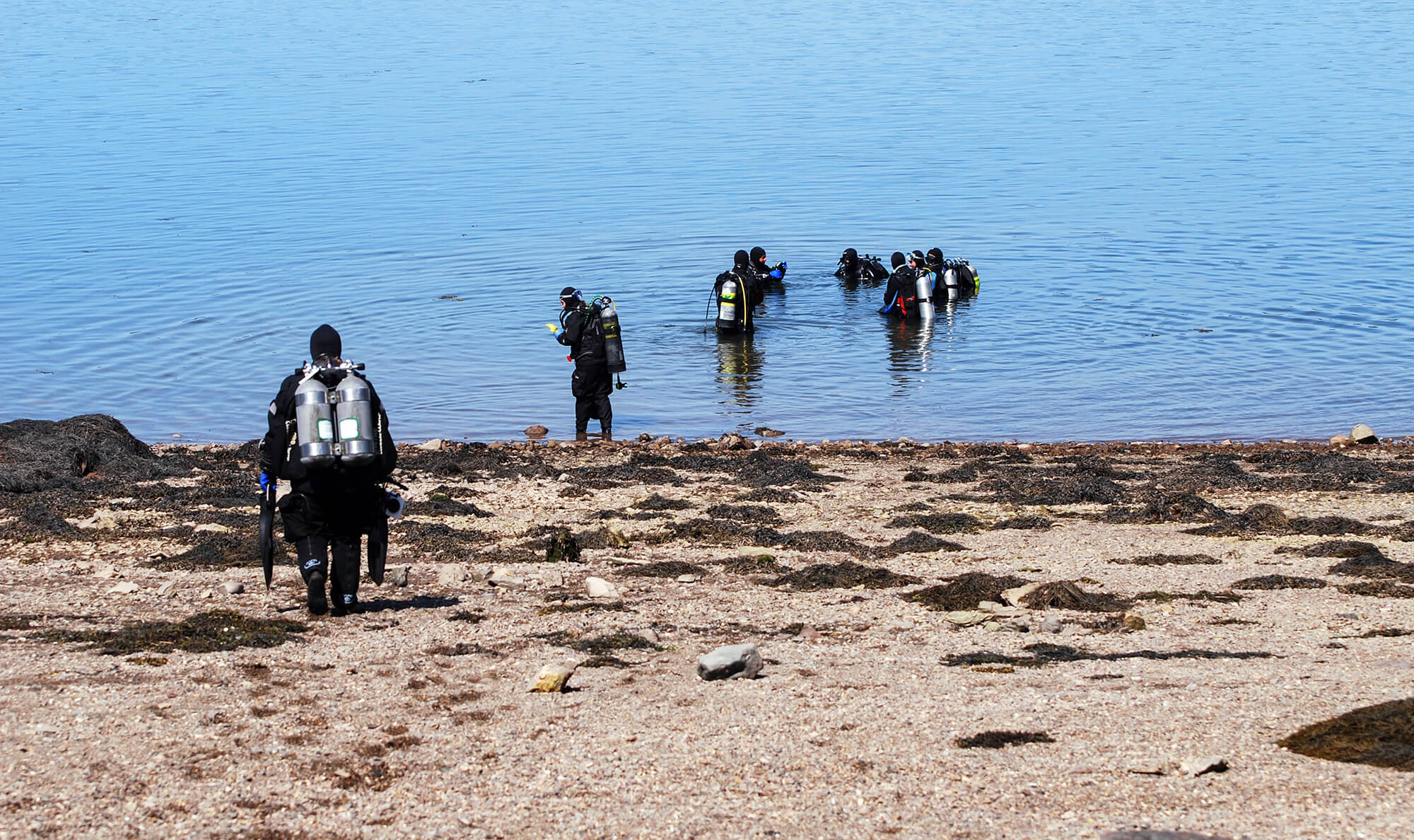
Canada is home to some of the most pristine and untouched underwater environments on the planet and with that in mind here is a sneak peek at underwater Canada in stunning photographs.
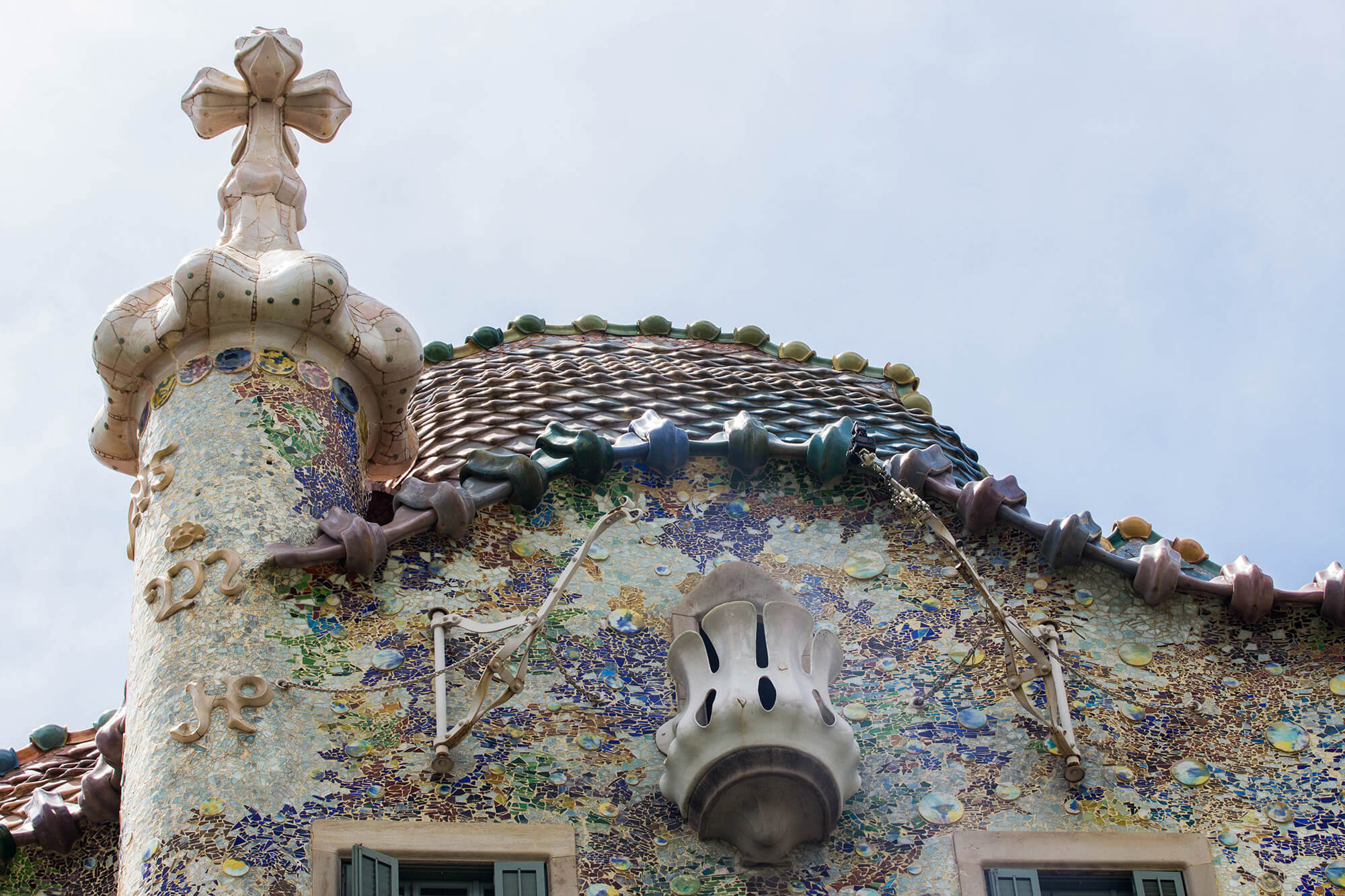
Spending the day walking the streets of Barcelona offers the perfect opportunity to see, feel and learn the local history and architecture in a single day.

2 comments...
Read 2 comments...